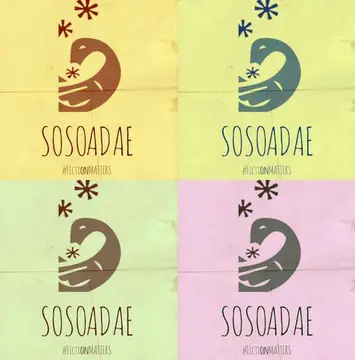ADF: Dramatic Mask
Dramatic mask controls the assumptions of the story, to include the “terms of community” that select an audience and the image or cultural “language,” exploited by an author to define an audience; and the narrative contract.
In establishing terms of community, the author selects an audience, presents a condition, and challenges that condition through the variation of a single ritual, in the end establishing a contract between the audience and that outcome (and condition) that should continue or change. In the aforementioned “image” of story that has been described throughout these sections now three times, the dramatic mask contains who should understand the figure’s meaning and carry it forward.
The dramatic mask puts the narrative face of the story against the narrative substance. Sometimes these masks are traditional, and sometimes they are borrowed from other cultures. The similarities and differences between primary and dramatic substance (or imagery) in story is important to its meaning and its contract.
Evaluating the “Audience’ in A Story
To evaluate dramatic mask consider, one or all of, whether the image used is “traditional” or “ironic” for the given author and how such primary imagery pairs with the dramatic imagery of the text to create meaning. How the author or content creator establishes “terms of community,” given what is explained versus what is understood will also be considered.
Keywords and phrases for Dramatic Mask:
- terms of community
- traditional imagination
- ironic imagination
- primary imagery
- dramatic imagery
- mask
Next: Dramatic form in Adichie’s Americanah
Previous: ADF: Dramatic Character
- Categories:
- ADF
